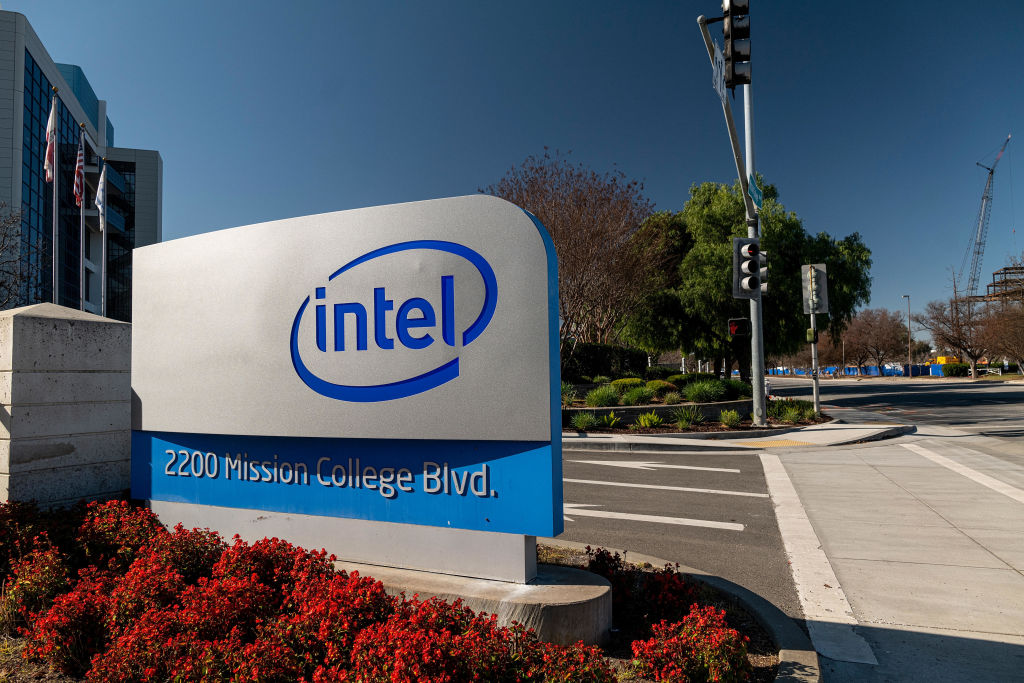Intel’s Strategic Shift and Key Customer Win Signal Potential Turnaround
Intel is undergoing a significant transformation in an effort to regain stability within its beleaguered operations. The chipmaker recently disclosed plans to revitalize its foundry service by rebranding Intel Foundry as an independent subsidiary. Intel CEO Patrick Gelsinger emphasized in a blog post that while the leadership structure will remain intact, a new operating board featuring independent directors will be established to enhance governance.
Changes in Manufacturing Strategy
Amidst fluctuating market demands, Intel is strategically pausing its chip fabrication initiatives planned for Poland and Germany for a period of two years. This decision reflects a cautious approach as the company assesses demand within the semiconductor landscape. Additionally, Intel is contemplating a reduction in its chip packaging and testing activities in Malaysia. This reflects a broader reassessment of previously announced investments, which include over $36 billion earmarked for semiconductor manufacturing facilities in Germany, $4.6 billion for a plant in Poland, and $7 billion to expand operations in Malaysia.
New Partnership with AWS
In a promising development for its foundry business, Gelsinger announced that Intel has entered into a collaborative agreement with Amazon Web Services (AWS). This partnership aims to co-develop an advanced AI chip leveraging Intel’s niche 18A chip fabrication process. Furthermore, Intel will produce a custom Xeon 6 processor tailored for AWS, building on their existing relationship.
Gelsinger expressed enthusiasm about the progress Intel Foundry is making, stating, “We have tripled our deal pipeline since the beginning of the year.” The agreement with AWS is characterized as a “multi-year, multi-billion-dollar framework” and could pave the way for additional chip designs, solidifying Intel’s commitment to establishing a competitive foundry presence.
Stock Market Response and Financial Overview
The pivot towards cost efficiency, along with the signing of a substantial contract worth $3.5 billion with the Pentagon, has positively influenced Intel’s stock performance, resulting in a more than 6% increase at the market’s close. This uptick is a welcome respite in what has been a challenging fiscal period for the company.
In the first quarter, Intel reported a net loss of $437 million, which escalated to $1.6 billion by the second quarter. The foundry division itself faced considerable challenges, posting $5.3 billion in operating losses during the first half of the year, despite a slight surge in year-over-year revenue.
Stiff Competition and Strategic Challenges
Intel has faced setbacks, notably losing a potential major customer, Sony, which reportedly opted for other chip manufacturers for its upcoming PlayStation console. This decision, according to industry experts, could have contributed an estimated $30 billion to Intel’s foundry operations.
In response to ongoing challenges, Intel launched a $10 billion cost-cutting initiative, which includes laying off approximately 15,000 employees via various separation and retirement options. Progress on this initiative has been swift, with Intel indicating that it is over halfway to completion, expecting to finalize the process by the year’s end. There are also reports suggesting that Intel may evaluate the sale of its autonomous driving sector, Mobileye, as well as its enterprise networking division.
Conclusion
Intel’s recent strategic shifts, including its partnership with AWS and modifications to its foundry business model, highlight a crucial phase in the chipmaker’s quest for resurgence. The company’s agility in recalibrating its manufacturing plans demonstrates a proactive approach to navigating the semiconductor industry’s evolving landscape. While challenges persist, the newfound collaborations and streamlined operations may position Intel for a more promising future as it seeks to rebuild its standing in a competitive market.




